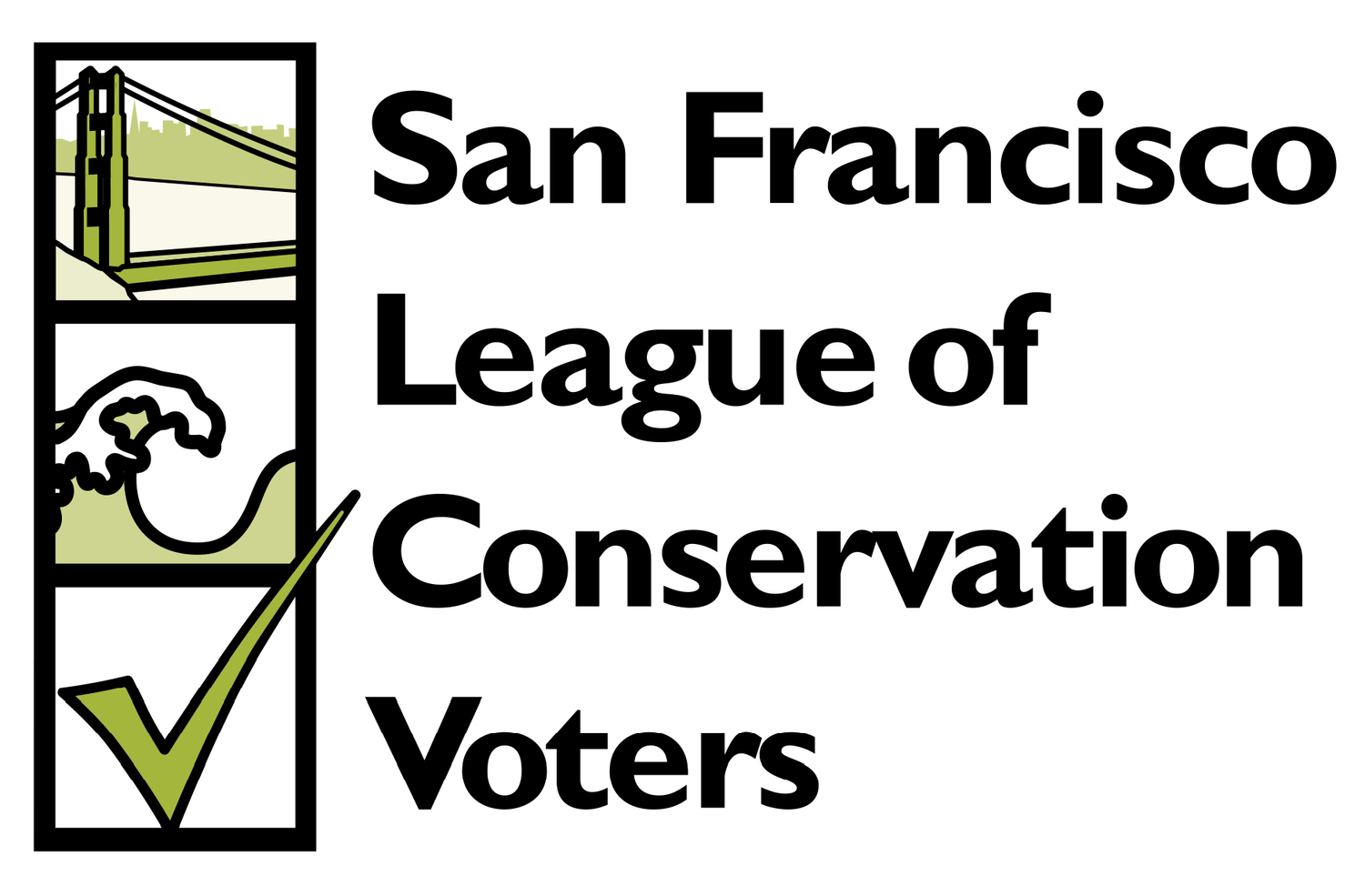June 2016: Vote Yes on Prop C for More Affordable Housing Construction
/Market & 8th
SFLCV’s Position
San Francisco’s booming job markets, people’s desire to live in attractive walkable communities and the natural attractions of San Francisco’s environment has attracted population growth, tightening the housing market, increasing rents and forcing many renters out. Builders of large multi-unit housing projects are required by our Inclusionary Housing Ordinance to include a certain percentage of “affordable housing,” Prop C would raise that percentage and allow the Board of Supervisors (BOS) to adjust it further. We also support Prop C’s removal of operational requirements from the Charter.
Summary of Prop C
Presently the whole Inclusionary Housing Ordinance is written into the charter. This amendment would remove operational instructions and affordability requirements (12% if on-site and 20% if off-site or if in-lieu; affordable to X% of Area (Region) Median Household Income - AMI) from the Charter; and authorize the BOS to set the operational instructions and affordability requirements. It also sets in place interim operational instructions (same as in the present charter) and interim affordability requirements (25% if on-site and 33% if off-site or if in-lieu).
Issues
Cleaning up the Charter
SFLCV supports removing unnecessary detail from the charter itself, as Prop C would do.
Impact on supply of affordable housing
The other issue is the impact of raising the % affordable: as you raise the % requirement a higher fraction of units built are affordable, but it raises the net cost of the project so fewer units might be built. At some point we maximize the number of affordable units built. Finding that point is difficult. Also, building more market-rate dwelling units (du) will moderate their sales prices as more units enter the marketplace. And as these units age they become more affordable.
The SF Controller's office calculates that for every 1000 units built under present law. On-Site: Now -1000 tot du (880 du mkt &120 du @ 90% AMI). Prop C - 865 tot du (649 mkt &130 du @ 80% AMI & 86 du @120% AMI). Off-site (built by project developer): Now -1000 tot du (800 du mkt & 200 du @90% AMI). Prop C - 885 tot du (593 mkt & 177 du @ 80% AMI &115 du @ 120% AMI). In-lieu (developer donation to Mayor’s Housing Fund (MHF) for affordable units financed by the city): Now - 1000 tot du & $68M to Mayors Ho Fund (= 272 du @ $250k/du*). Prop C - 885 tot du & $100M to Mayors Ho Fund (= 400 du @$250k/du).
[* To 2012, SF government funded projects (MHF + other funds) got 1 affordable unit per $200,000; $250k allows for inflation.]
This analysis ignores the application of the Chris Daly-Angelo Sangiacomo Trinity apartment strategy to trade density bonuses (increased height limits) in exchange for increasing affordable units and holding present tenants on the building site harmless. That strategy has been proposed, but is opposed by some who are against any height limit increases.
The success of the Transbay Area's 35% affordability requirement and the SF Giants site’s 40% suggests that 25% and 33% affordable are reasonable when building on free land, already owned by the city or an affordable housing developer. Higher affordability requirements might lower the price land owners can get, making it cheaper to build housing, but might encourage some land to be removed from the market. Prop C allows the Supervisors to adjust the housing affordability requirements in response to the impacts of the interim requirements.


